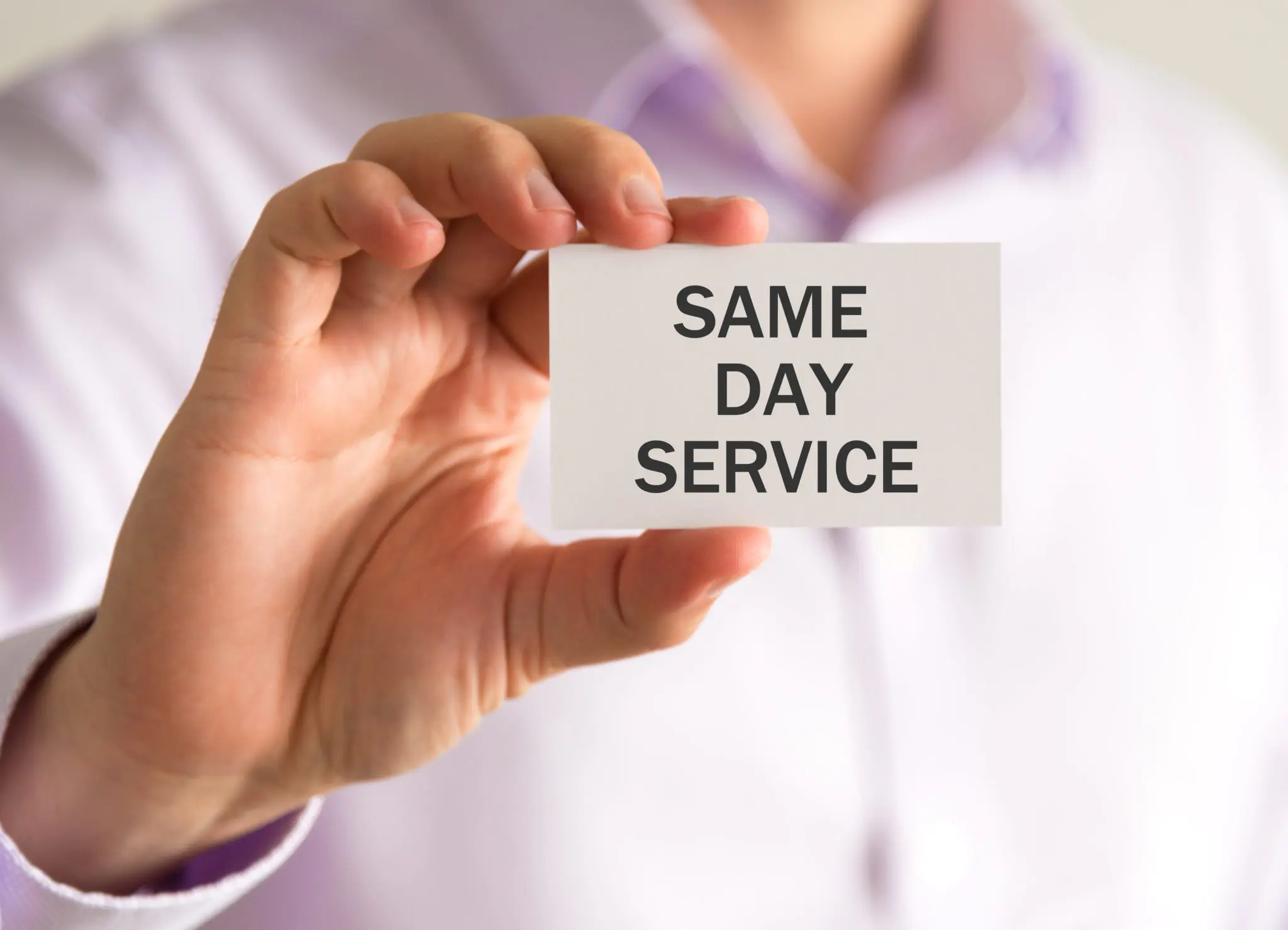Fast Invoice Factoring In 2025: How It Works And Who Should Use It
As businesses across the United States prepare for another unpredictable year, fast invoice factoring is emerging as one of the key financial tools set to redefine how small- and medium-sized enterprises (SMEs) manage cash flow in 2025. With supply chain volatility, longer payment terms from clients, and rising operating costs, many business owners are turning to invoice factoring not just as a stopgap, but as a permanent cash management strategy.
Why invoice factoring is gaining momentum in 2025
Invoice factoring — selling unpaid invoices to a third party (a factor) in exchange for immediate cash — isn’t new. But in 2025, the process has become faster, more digital, and more flexible than ever before.
Ethan Moore, Managing Director at Clearwater Capital, says the growth is due to a combination of technology and economic need:
“What used to take days or even weeks can now be done in minutes. Fast invoice factoring platforms are using AI to assess invoice validity, creditworthiness, and risk almost instantly. That’s a game-changer for small businesses waiting 30 to 90 days to get paid,” he said.
Moore adds that some of their clients have improved their working capital cycles by over 40% simply by switching to factoring:
“A typical trucking company that hauls loads for large retailers might wait 60 days for payment. With fast invoice factoring, they get up to 90% of that invoice paid the same day — which allows them to buy fuel, pay drivers, and take on more business.”
How it works: The basics of fast invoice factoring
Here’s how it typically works: A business sends an invoice to a factoring company, which then verifies it and advances a percentage — often between 80% and 95% — almost immediately. Once the client pays the invoice, the factoring company releases the remaining balance, minus a small fee.
In 2025, the speed of this transaction has improved dramatically thanks to fintech platforms that connect directly with accounting software such as QuickBooks, Xero, and FreshBooks.
Karen Patel, CEO of Arizona-based startup GrowFundz, said:
“We’re seeing incredible adoption among e-commerce businesses, freelancers, and construction firms. These are sectors with notoriously long payment terms and seasonal cash crunches. Fast invoice factoring is offering a lifeline — not a loan, but a cash advance tied to money they’re already owed.”
Real-life example: A small business success story
Laura Jennings, who owns Jennings Custom Woodworks in Ohio, turned to invoice factoring after struggling to meet payroll in late 2024. Her business sells custom cabinetry to property developers, many of whom pay only after 60 days.
“We had $80,000 in outstanding invoices but only $12,000 in the bank. I couldn’t pay my workers or buy materials for the next job. My bank wouldn’t help, but a factoring company approved us in 4 hours,” she shared.
“Within 24 hours, I had $60,000 in my account. That saved our business,” Jennings added.
Laura now uses invoice factoring every month, and says it allows her to take on larger contracts without worrying about delayed payments.
Costs and considerations
While fast invoice factoring offers speed and convenience, it’s not free. Factoring companies typically charge fees between 1% to 5% of the invoice amount, depending on risk, client history, and payment terms.
David Rowe, a financial consultant with B2B Funding Network, says businesses need to understand the cost structure before signing on:
“Some companies charge flat fees, while others use tiered pricing based on how long it takes the client to pay. It’s not a loan, so there’s no interest, but the fees can add up if you’re factoring regularly.”
“However, if you’re losing opportunities or incurring overdraft charges because of late payments, the cost of not factoring might be even higher,” Rowe added.
What to look for in a 2025 factoring partner
As more providers enter the market, experts recommend doing due diligence before choosing a factoring partner. Some factors now specialise in certain industries, like freight, healthcare, or government contracts.
According to Marissa Connors, a senior analyst at FinTech Watch:
“In 2025, speed is important, but transparency is critical. Look for a provider with clear fee structures, good customer support, and integrations with your accounting system. You should also ensure they don’t require long-term contracts or all-in factoring agreements.”
She also warns against hidden fees:
“Some companies sneak in mailing fees, ACH transfer charges, or penalty clauses. Always read the fine print.”
Conclusion: Factoring into the future
Fast invoice factoring is set to play a much bigger role in 2025 as businesses look for smarter ways to unlock cash tied up in receivables. With improved technology, quicker approvals, and a broader understanding of the benefits, more SMEs are factoring not out of desperation — but out of strategy.
As Laura Jennings sums it up:
“It’s not borrowing. It’s just getting paid faster for the work you’ve already done. That’s the difference that keeps our lights on and our workers paid.”

